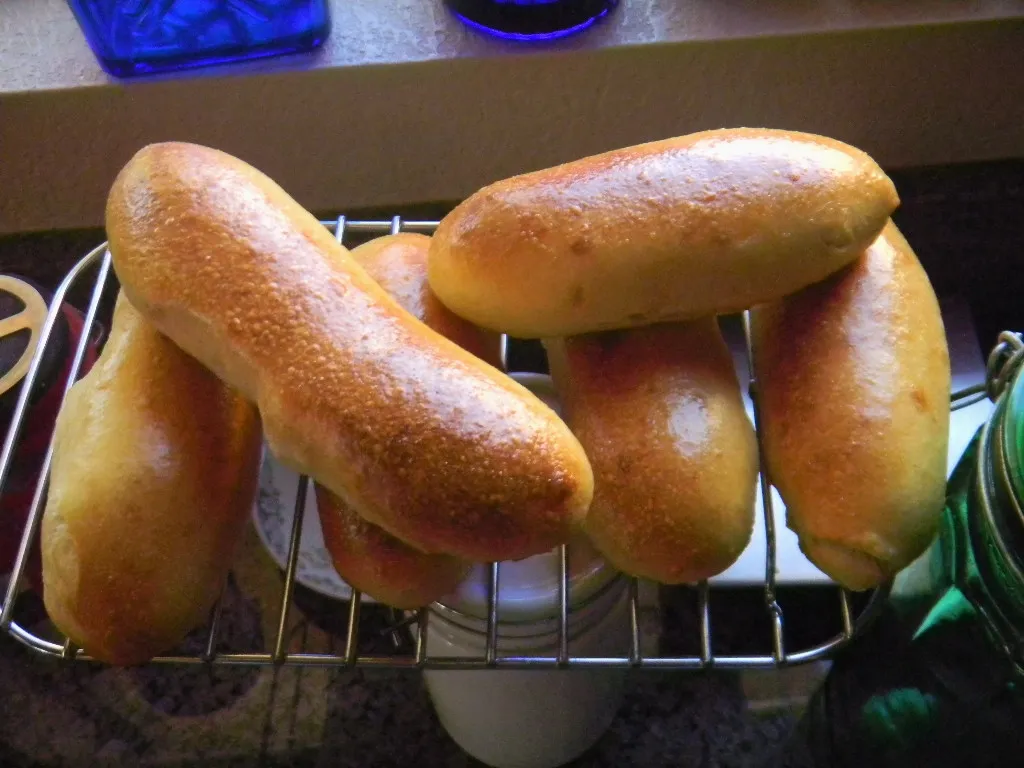Odds and ends
In the month since our trip to Scotland and Ireland, baking around here has been rather hit or miss. No, scratch that, baking around here has been hit and miss. Consequently, this post is sort of a catch-all for the this's and that's going on in my kitchen.
One bake was the honey oatmeal loaf from the KAF Whole Grains Cookbook. I love that stuff; it's hearty and moist and hefty and just a little bit sweet. Makes a great sandwich, too.
- Log in or register to post comments
- 13 comments
- View post
- pmccool's Blog









